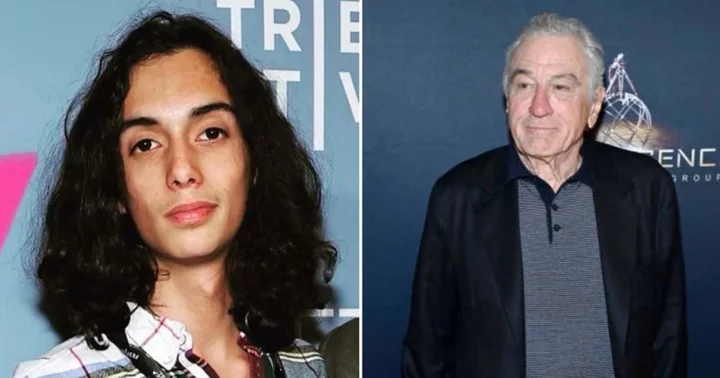
Who is the 'Percocet Princess'? Woman, 21, detained for selling drugs to Robert De Niro's grandson Leandro before he died
Percocet Princess faces federal charges for trafficking drugs while cops search her home
2023-07-14 14:15
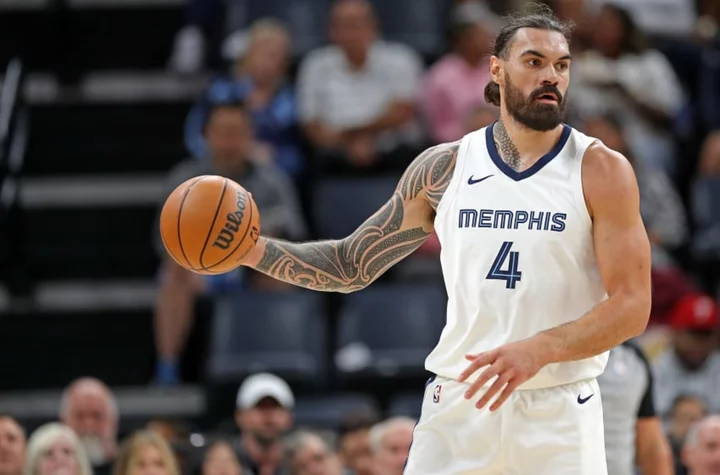
3 trades the Grizzlies can make to replace Steven Adams
With Steven Adams done for the season, the Memphis Grizzlies should consider these trades to reinforce the center rotation.
2023-10-24 01:50
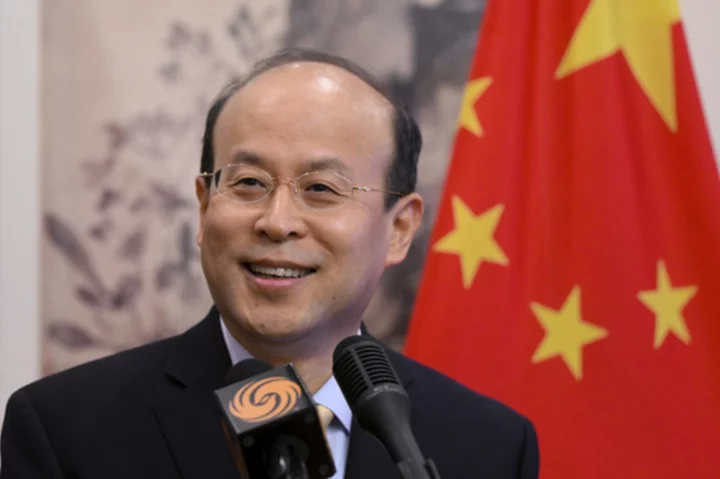
China lifts ban on Australian timber imports in another sign of improving bilateral relations
China has opened its doors to Australian timber imports for the first time in more than two years, in another sign that the tattered bilateral relationship is being repaired
2023-05-18 15:29
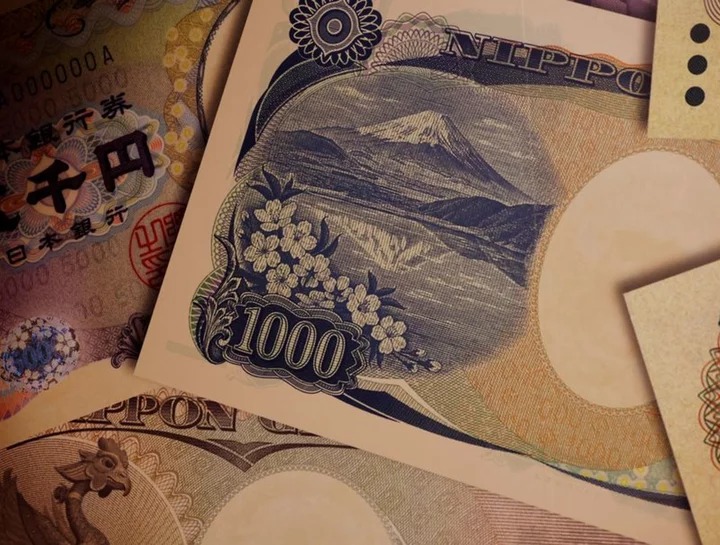
Japan's top lenders in fresh drive to win US investment banking deals
By Makiko Yamazaki and Ritsuko Shimizu TOKYO Japan's top lenders aim to carve out a larger presence in
2023-07-03 17:19
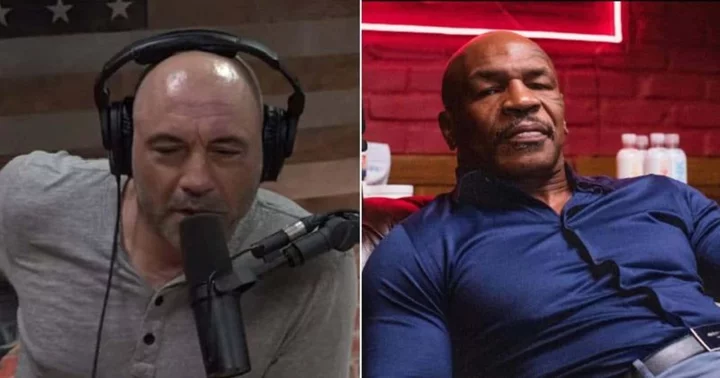
Joe Rogan discusses Mike Tyson, Michael Jackson and Pablo Escobar's spending habits: 'Weird s**t'
Joe Rogan discussed Michael Jackson and Pablo Escobar's spending habits with Mike Tyson during his podcast episode
2023-05-26 15:46

Ron DeSantis sharpens his attacks on Donald Trump in their shared home state of Florida
Republican presidential candidate Ron DeSantis is turning up the heat on frontrunner Donald Trump and defending his own trailing campaign, warning that the former president will deliver the 2024 election to Democrats because he energizes his critics
2023-10-06 05:16
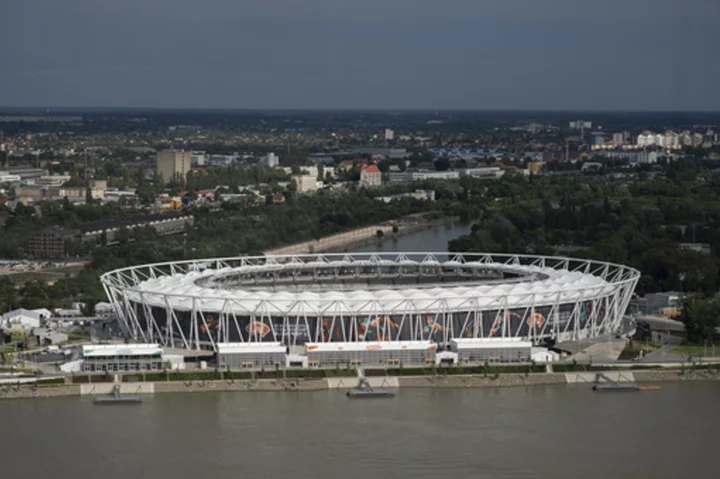
Track world championships the latest play by Orbán's Hungary for global sports spotlight
A country spends millions to deliver a major international sports event to the world
2023-08-15 17:22
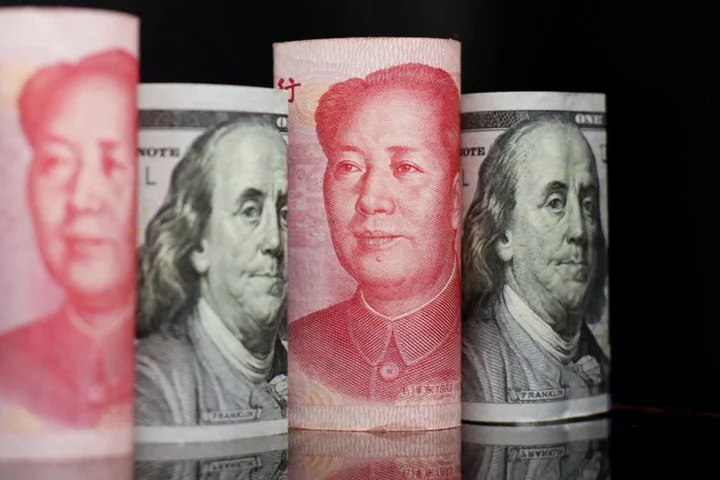
China's PBOC asks foreign banks about dollar deposit rates amid weak yuan - sources
SHANGHAI/BEIJING China's central bank has surveyed some foreign banks in the past week about the interest rates they
2023-06-30 16:58
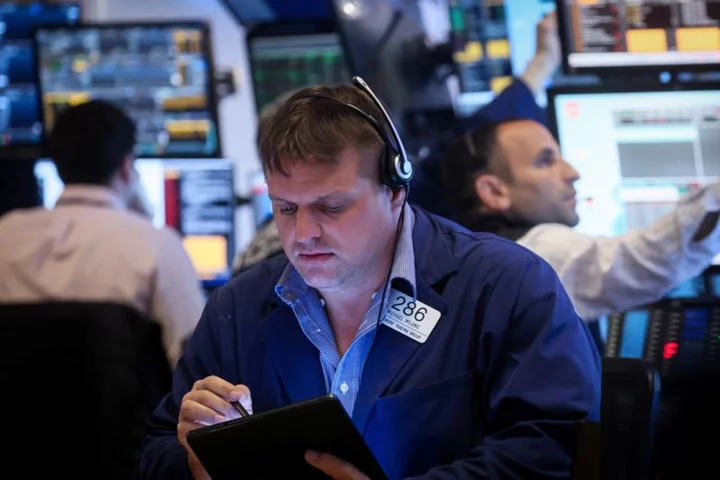
Wall St set for subdued open as mixed data fuels Fed policy uncertainty
By Sruthi Shankar and Shristi Achar A Wall Street's main indexes were set for a subdued open on
2023-06-06 20:48
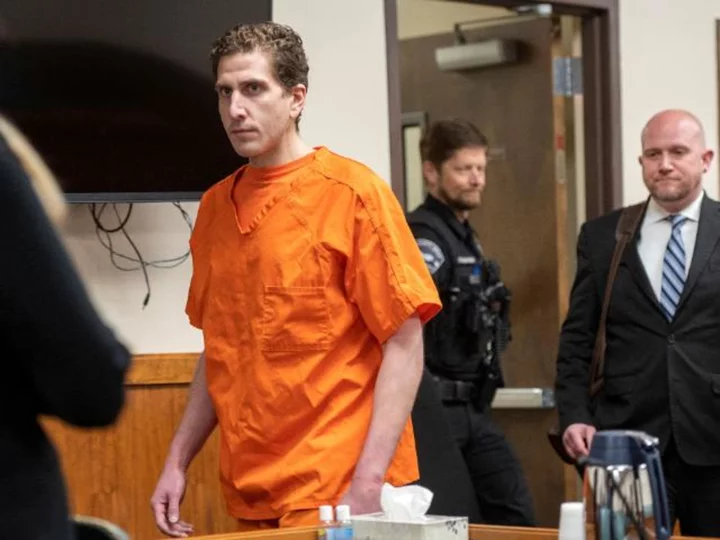
Prosecution and defense set to argue Bryan Kohberger's alibi and other issues at court hearing on University of Idaho killings
Idaho prosecutors and defense attorneys for Bryan Kohberger, the man accused of killing four University of Idaho students last year, are set to appear in court Friday to discuss his alibi and several other outstanding legal issues.
2023-08-18 16:48
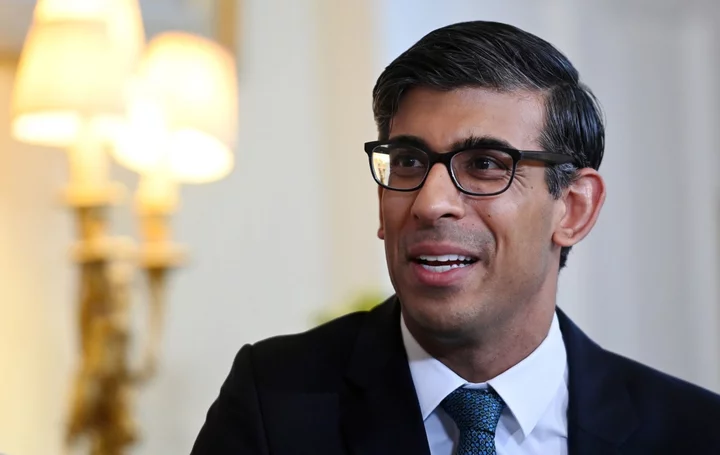
Rishi Sunak Seeks Closer Economic Ties in First White House Visit
UK Prime Minister Rishi Sunak will seek closer economic ties with the US during his first visit as
2023-06-07 13:26

Ireland ‘heartbroken’ as Canada comeback reveals World Cup lesson
There was no other way for Katie McCabe to put it, nor was there anywhere to hide her emotions. In 90 minutes, the Ireland captain had gone from the elation of scoring her country’s first goal at the Women’s World Cup to the heartbreak of going out after two matches. Ireland will leave the tournament believing they deserved more and while the joy was great while it lasted, it probably made it hurt a whole lot more when it was over. Canada’s comeback on a sodden night in Perth ended any hopes Ireland had of reaching the knockout stages, leaving their final fixture against Nigeria on Monday as a dead-rubber. The ‘group of death’, at least from Ireland’s perspective, played out in the manner that many had feared. After facing the unenviable task of facing co-hosts Australia in their opening game, Ireland had to at least draw against an experienced and gritty Canada side who had their backs against the wall. Realistically, they couldn’t have asked for two harder games to start their first ever World Cup adventure. Yet Ireland were competitive in both and on different days may have come away with the results their performances had merited. Ireland’s aggressive start against Canada had left the Olympic champions shaken, only for the contest to turn on Megan Connolly’s own goal just before half time. If that was the moment of misfortune Ireland were left to rue, it will be a long four years, at least, until they get this chance again. “I’m just heartbroken,” McCabe concluded through the tears. Perhaps their luck had already run out. With just four minutes played, Ireland had found themselves in some sort of euphoric dreamland as McCabe stood over a corner on the right, snapped her left foot and whipped the cross towards the back post. Did McCabe mean it? Did it matter? Canada goalkeeper Kailen Sheridan was caught, it drifted over her head, and Ireland had found a moment of attacking quality that they so desperately lacked in their rare attacks against Australia. It arrived so suddenly and so spectacularly, but from there Ireland grew in confidence, believing that they were now not just fighting for survival, but the chance to progress as well. Canada were disrupted by Ireland’s belief, flustered by their hard running and sheer effort. Kyra Carusa forced Canada and Chelsea centre-back Kadeisha Buchanan to be taken off, out of mercy more than anything, after a first half of contestant harrying, without ever allowing her a moment of peace. Ireland were living up to their billing, after being described by the Canada head coach Bev Priestman as a “horrible team to play against”. But that was also a compliment and in Ireland, Canada were faced with something familiar, a team who were built on the same foundations and fundamentals that led them to the gold medal at the Olympics two years ago. In their own way, Ireland provoked Canada into becoming that team for the first time at this World Cup. The match turned. After surviving the initial wave of pressure, Ireland were made to really suffer, in a way that Australia never really managed to do to them in Sydney. It came after what was a fortunate equaliser before half time, with Canada getting equal for McCabe’s goal. Julia Grosso’s inswinging cross from the left lingered awkwardly and the slightest touch off Connolly took it inside the far post. Canada regained their composure and found their control. Buchanan was one of three hooked at half time, with Christine Sinclair, Sophie Schmidt, and Shelina Zadorska brought on. From there, a plan from Ireland that had been working was faced with a different game. Canada were able to dominate - Schmidt threaded the pass through to Adriana Leon, who took a touch and finished the chance in one swift movement. Ireland tried to rally - a point would have given them a chance going into the final round of the group. McCabe’s cross found Carusa, who could only head over with Sheridan stranded again. McCabe went close as she cut in from the right and shot towards the near post, with Sheridan getting down to save. Then the frustration came, with McCabe shooting over from distance when Denise O’Sullivan was in a better position. Ultimately, Canada showed their class. One of the themes over the opening rounds of fixtures at this World Cup has been the competitiveness of the debutant sides, and the moments they have been able to celebrate as the gap closes on the established nations. Perhaps this was a lesson from Canada that, when it gets to crunch time, that only goes so far. Read More Women’s World Cup 2023 LIVE: Ireland out as Canada come from behind after Katie McCabe wondergoal Darts, colouring in and 1,000 bags of Yorkshire tea: Inside the Lionesses’ World Cup den Women’s World Cup TV schedule: How to watch every match today Games, colouring and 1,000 bags of tea: Inside the Lionesses’ World Cup den Katie McCabe: Ireland captain and Arsenal’s player of the season in profile Women’s World Cup LIVE: Canada vs Republic of Ireland and today’s results
2023-07-26 23:25
You Might Like...

Oil rises on tightening crude supply
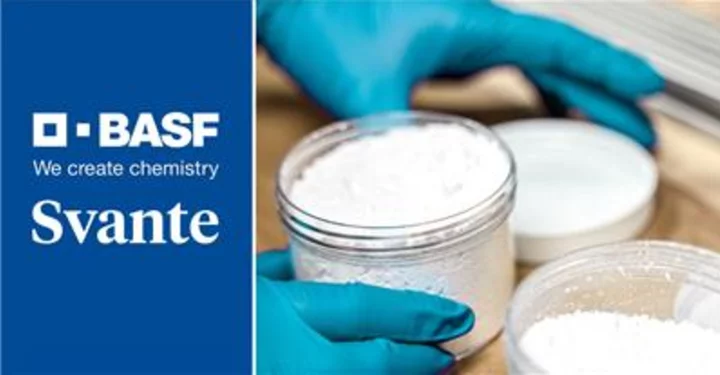
Svante Secures Commercial Supply of MOF Advanced Sorbent Materials with BASF for Carbon Capture Market
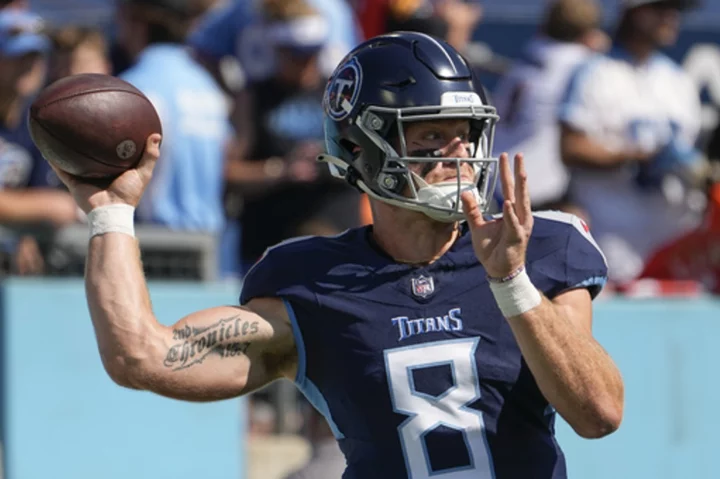
Titans prep QBs Levis, Willis even as coach hopes for Tannehill's return
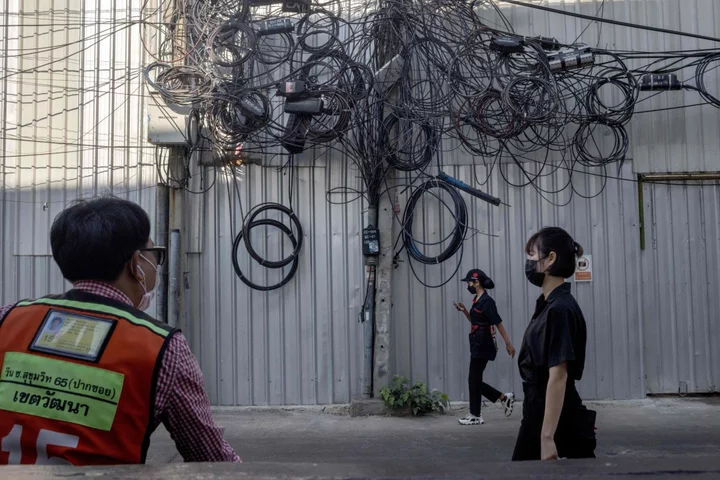
Thai Regulator Files Fraud Charges Against Debt-Ridden Stark
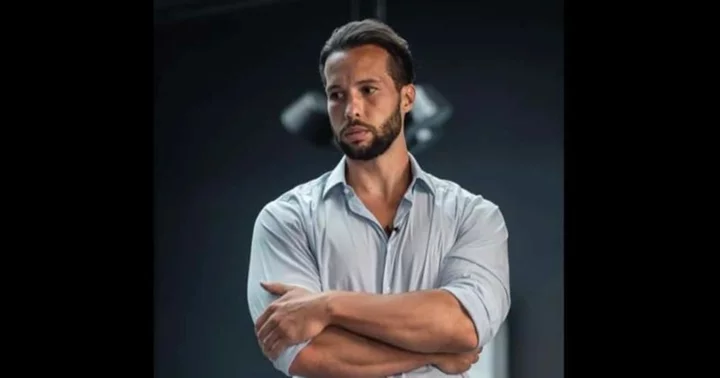
Tristan Tate: Inside Andrew Tate's brother and misogynist influencer's dating life
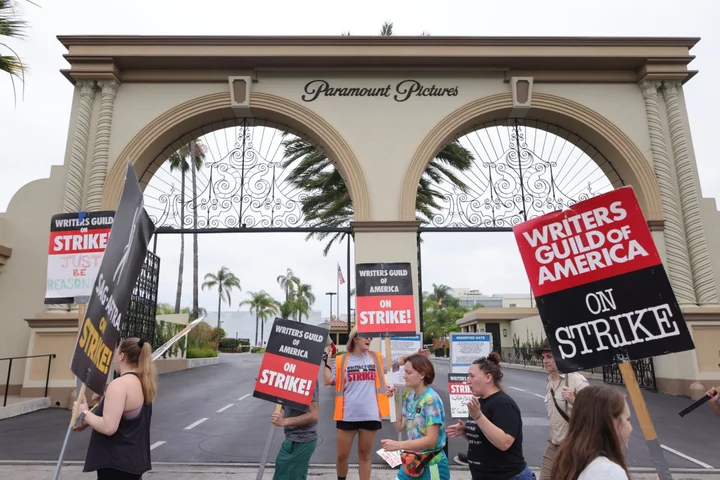
Hollywood Studios, Writers Continue Talks Sunday as Deal Nears

How tall is Justin Timberlake? Internet once praised 'Mirrors' singer for his towering height

Who was Maureen Brainard-Barnes? Rex Heuermann suspected of murdering woman believed to be first victim in 'Gilgo Four'
